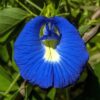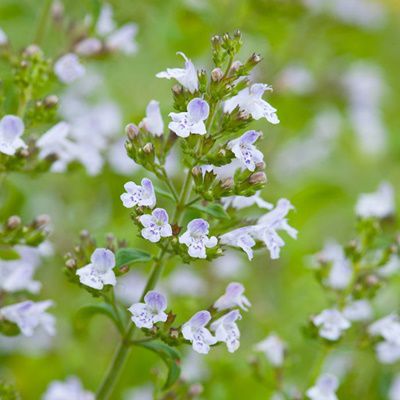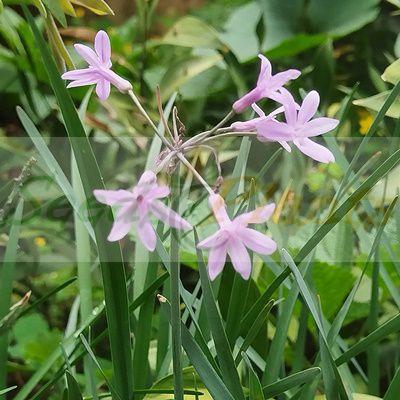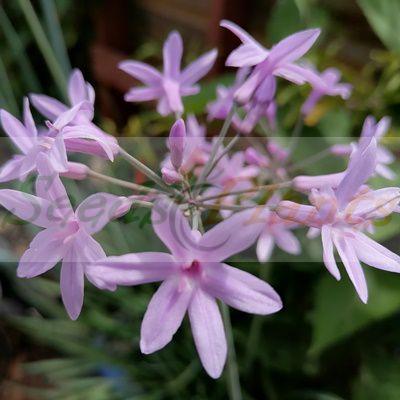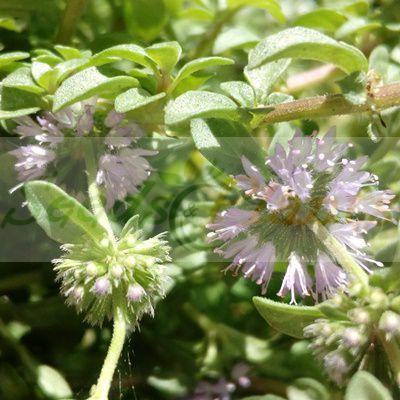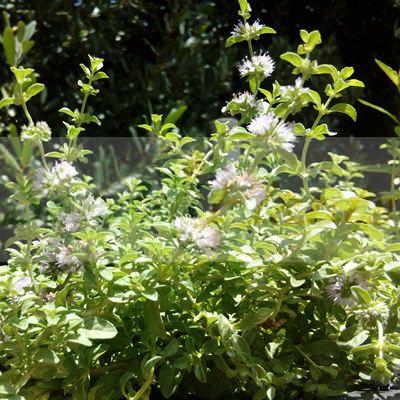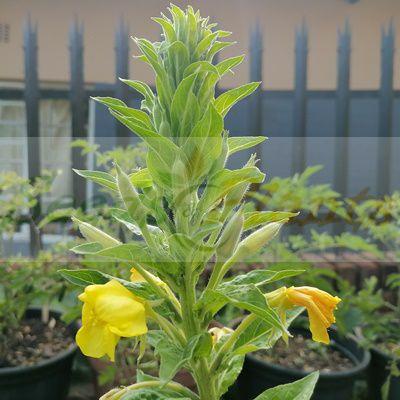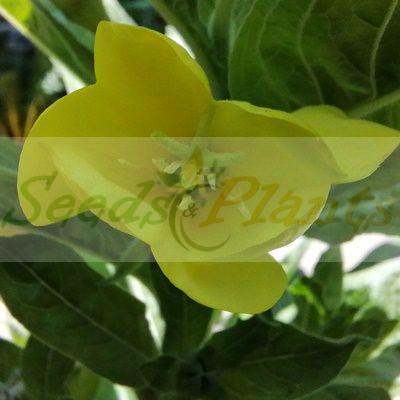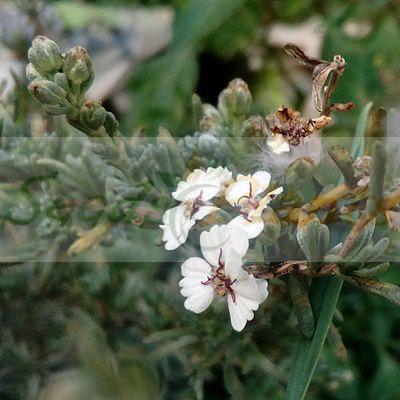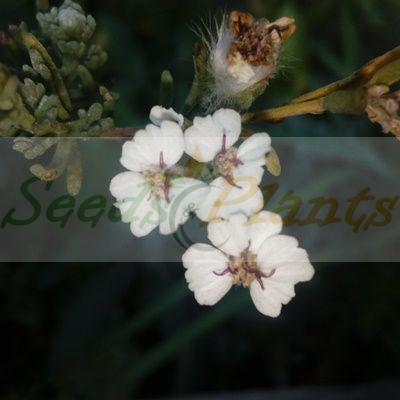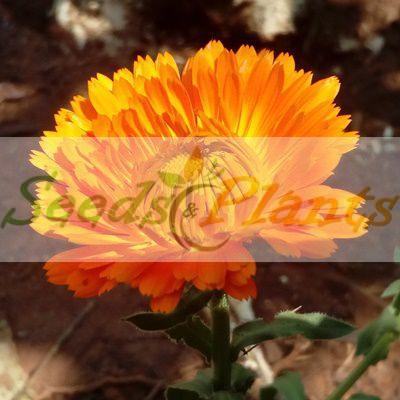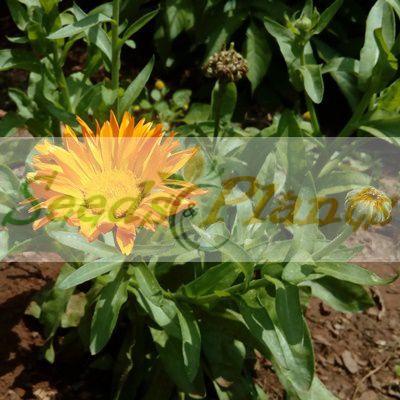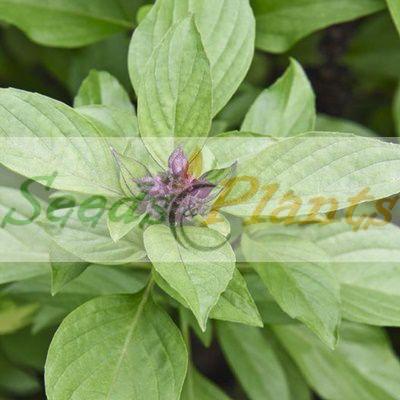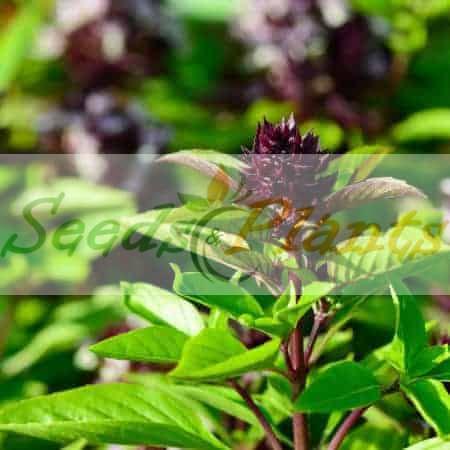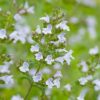🍃 Culinary Quick Facts
Culinary Info
- 🌍 Origin / Region: North Africa, Southern Europe, Southwest Asia
- 🍽️ Culinary Use: Beverages/Teas, Cooking, Flavoring, Garnish, Vegetable dishes
- 😋 Flavor Profile: Minty
Medicinal Info
- 🌿 Medicinal Part: Flower, Leaf
- 🍵 Herbal Preparation: Essential Oil, Infusion / Tea, Poultice
- ⚕️ Healing System: European Traditional Medicine
Growth Traits
- 🌱 Life Cycle: Perennial
- 🦋 Pollinator Method: Attracts Bees, Attracts Butterflies
- 🪴 Growth Habit: Bushy, Upright
- 🌸 Flower Color: Pale lilac, White
Growing Requirements
- 🌞 Sun Exposure: Full Sun, Partial Shade
- 💧 Water Needs: Low Water
- ☀️ Growing Conditions: Drought Tolerant
- 🟤 Soil Preference: Chalky, Loam, Rocky, Sandy, Tolerant of most soils, Well-Drained
Calamint – Approx 50 Seeds
(Calamintha nepeta)
R30.00
This Italian Herb’s strong and distinctive flavor is described as being a combination of mint, oregano and basil.
Common Names: Nepitella, Lesser Nepeta, Lesser Calamint and Mentuccia.
Indoor Sowing: Late Winter and Early Spring.
Direct Sowing: Spring, Early Summer and Autumn.
In stock
🍃 Culinary Quick Facts
Culinary Info
- 🌍 Origin / Region: North Africa, Southern Europe, Southwest Asia
- 🍽️ Culinary Use: Beverages/Teas, Cooking, Flavoring, Garnish, Vegetable dishes
- 😋 Flavor Profile: Minty
Medicinal Info
- 🌿 Medicinal Part: Flower, Leaf
- 🍵 Herbal Preparation: Essential Oil, Infusion / Tea, Poultice
- ⚕️ Healing System: European Traditional Medicine
Growth Traits
- 🌱 Life Cycle: Perennial
- 🦋 Pollinator Method: Attracts Bees, Attracts Butterflies
- 🪴 Growth Habit: Bushy, Upright
- 🌸 Flower Color: Pale lilac, White
Growing Requirements
- 🌞 Sun Exposure: Full Sun, Partial Shade
- 💧 Water Needs: Low Water
- ☀️ Growing Conditions: Drought Tolerant
- 🟤 Soil Preference: Chalky, Loam, Rocky, Sandy, Tolerant of most soils, Well-Drained
Calamint Seeds. Calamint (Calamintha nepeta) is an Italian herb also known as Nepitella, Lesser Nepeta, Lesser Calamint and Mentuccia. It is a member of the mint family, and botanically classified as Calamintha nepeta.
Calamint is an herbaceous perennial that spreads horizontally my means of underground rhizomes. It is a bushy herb that produces small, fuzzy leaves that are a shade of grayish-green. The plant blooms in the spring producing tiny pale purple flowers which are very aromatic and also edible. It’s strong and distinctive flavor is described as being a combination of mint, oregano and basil.
It is native to the Tuscany region of Italy, where it often grows wild or can be found growing along cobblestone paths and hedgerows. It has since been naturalized across Southern Europe and north to Great Britain. It grows well in gardens and is becoming a more common herb grown by small farmers. Nepitella requires very little moisture and thrives in well drained soils where sunshine is plentiful.
Calamint Culinary Uses
- This minty herb is traditionally paired with mushroom or artichoke dishes in its native Tuscany.
- It is used more often in savory dishes and its strong flavor compliments rich fatty meats such as pork, lamb, beef and spicy Italian sausage.
- Chop Calamint and add to pastas or sautéed greens in recipes where oregano is traditionally used.
- Use as a fresh garnish in place of basil on pizzas or add to a side of grilled summer squash to add a spicy lemon accent.
- Like oregano, it can easily overpower a dish, and should be used sparingly.
- It can be dried and stored in an airtight container in a cool dry place.
Calamint Medicinal Benefits
- Used in the treatment of indigestion, nervous tension, depression, insomnia, feverish colds and painful menstruation.
Growing Calamint
Indoor Sowing: Late Winter and Early Spring.
Direct Sowing: Spring, Early Summer and Autumn.
- Sow in late winter to late spring or sow late summer to autumn.
- Sow Calamint Seeds on the surface of lightly firmed, moist seed compost in pots or trays.
- Cover seed with a light sprinkling of compost or vermiculite.
- Keep the surface of the compost moist but not waterlogged.
- Germination takes 7 to 30 days at temperatures of 16 to 22°C.
- When large enough to handle, transplant seedlings into 7.5cm pots to grow on.
- Gradually acclimatize to outdoor conditions for 10 to 15 days before planting out after all risk of frost, 30cm apart.
- For best results, plant in any ordinary, well-drained soil in full sun.
Can this plant be used for culinary purposes?
Calamint is traditionally used for culinary purposes such as beverages/teas and cooking.
Does this plant have medicinal uses?
Traditionally, Calamint has a history of use in European Traditional Medicine. Seeds are sold for cultivation purposes only.
Disclaimer
Medicinal Information:
All medicinal information on this website is for educational and informational purposes only and may not be construed as medical advice. The information is not intended to replace medical advice or treatment offered by healthcare professionals.
Seeds, Plants, Plant Cuttings, Geophytes and Dried Herbs:
In some countries and provinces, certain plants are deemed as invasive and are not allowed to be planted at all, whilst some plants are allowed to be grown only in certain areas or provinces. The onus is on you as the buyer to familiarize yourself with the regulations pertaining to your location, before purchasing any of our seeds, plants, plant cuttings, geophytes or dried herbs. We will not be held liable, should you purchase any seeds, plants, plant cuttings, geophytes or dried herbs. from us which are prohibited in your country or province.

